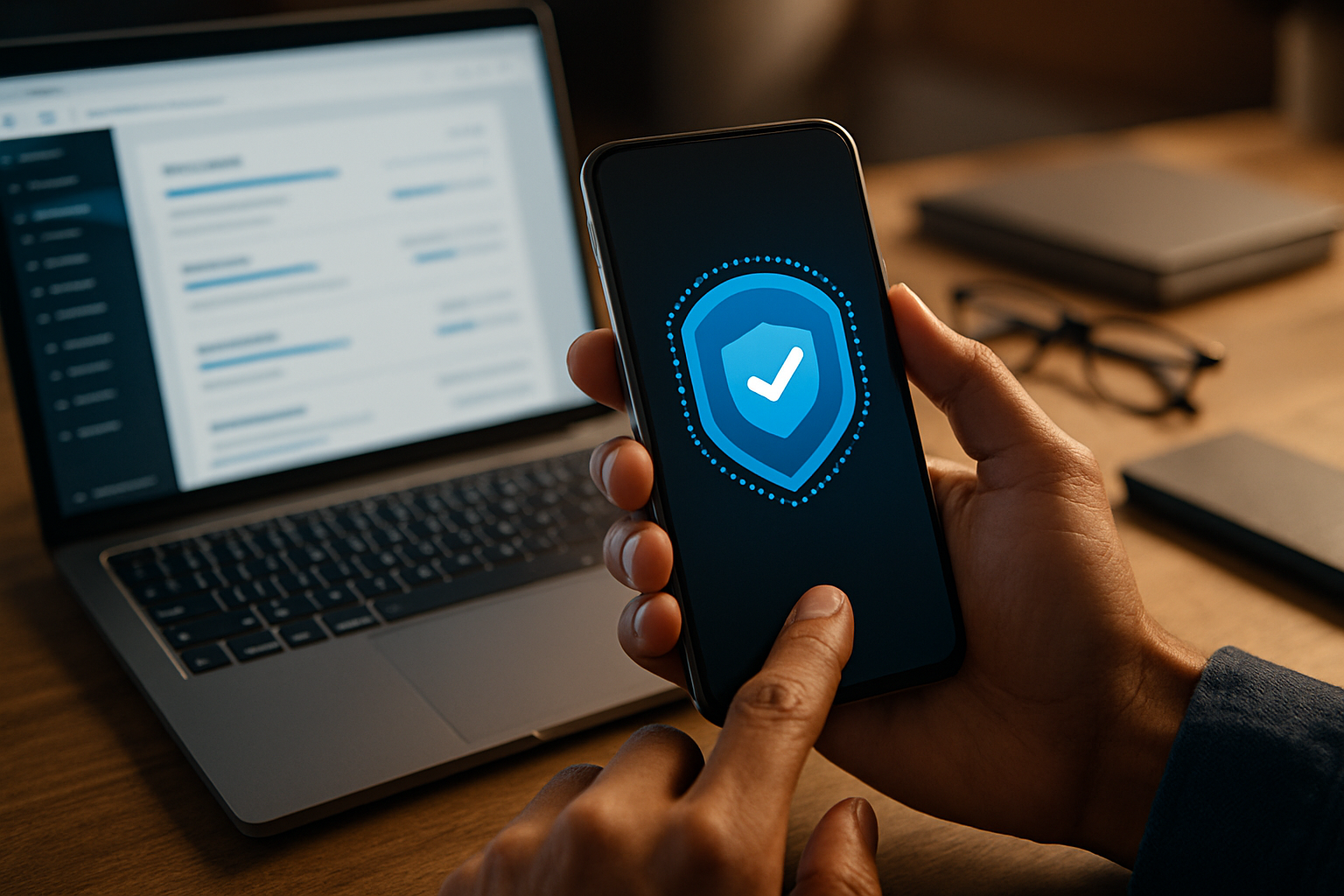Data Protection for Everyday Devices and Organizations
Protecting personal and organizational information is essential in a world where digital devices and cloud services constantly exchange data. Effective data protection blends technical controls, smart user habits, and clear policies so that your smartphone, laptop, or business systems keep sensitive information private and secure against loss or misuse.

How do smartphones put your data at risk?
Smartphones store a surprising amount of personal data: contacts, messages, photos, banking apps, and location logs. They connect to public Wi‑Fi, sync with cloud accounts, and run third‑party apps that may request broad permissions. Lost or stolen phones, outdated operating systems, and malicious apps can expose data quickly. Regular software updates, strong lock screens, and limiting app permissions reduce risk. Backups encrypted on trusted platforms also prevent data loss while minimizing exposure if a device is compromised.
What counts as sensitive data and why protect it?
Sensitive data includes identifiers (SSNs, passport numbers), financial records, health details, and credentials that can be used for identity theft or fraud. Organizations also hold proprietary and customer information that requires legal protection. Data protection isn’t just about confidentiality; it covers integrity (preventing unauthorized changes) and availability (ensuring authorized access when needed). Treating data according to its sensitivity—using encryption, access controls, and retention policies—helps prevent breaches and regulatory penalties while preserving trust.
How can you strengthen your privacy settings?
Adjusting privacy settings across devices and services is a high-impact step. Review app permissions on your smartphone and revoke camera, microphone, or location access from apps that don’t need them. Use privacy-focused features like limited tracking, do-not-track browser settings, and encrypted messaging apps. For accounts, enable multi-factor authentication and apply unique, strong passwords via a reputable password manager. Periodically audit which services have access to your data and remove or anonymize older accounts to reduce long-term exposure.
What’s the difference between security and privacy?
Security and privacy are related but distinct. Security is the set of measures—encryption, firewalls, intrusion detection, secure coding—that protect systems and data from unauthorized access or disruption. Privacy focuses on controlling how personal data is collected, used, shared, and retained. A system can be secure but still infringe privacy if it collects excessive data or shares it without consent. Effective data protection programs coordinate both: implement robust security controls while enforcing privacy policies and transparent data practices.
When is cybersecurity support necessary?
Cybersecurity becomes necessary whenever risk exceeds in‑house capability or resources. Small businesses and individuals benefit from basic cybersecurity hygiene, but more sophisticated threats—ransomware, targeted phishing, supply chain attacks—often require expert intervention. Consider professional support if you handle regulated data, face repeated attacks, or lack staff to manage monitoring and incident response. Local services and managed security providers can deliver ongoing monitoring, vulnerability assessments, and rapid containment that many organizations cannot sustain internally.
Data protection is a practical mix of people, processes, and technology. Start with a clear inventory of what data you hold and where it lives, classify it by sensitivity, and enforce access controls. For personal use, prioritize device updates, encryption, and strong authentication. For organizations, formalize policies, train staff on phishing and handling sensitive records, and maintain secure backups tested for reliability. Regular audits and a simple incident response plan will reduce recovery time and impact if a breach occurs. Remember that privacy expectations and regulatory obligations vary by jurisdiction, so align your practices with applicable laws and industry standards. Solid data protection improves resilience and trust—whether protecting a single smartphone or an enterprise dataset.






